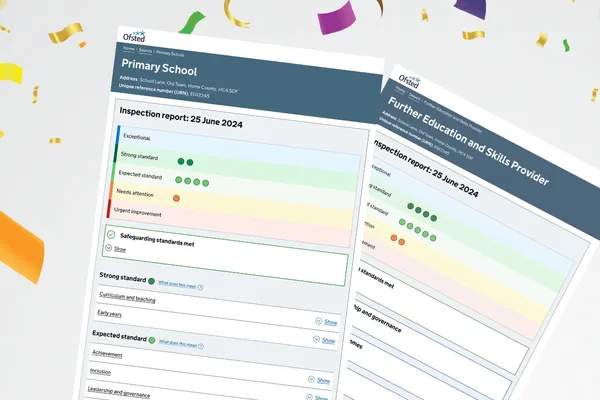Emotions are sometimes seen as the bull-in-the-china-shop of well-organised thinking, well-ordered classrooms, and a barrier to academic performance; it’s time to shift that paradigm. In fact, it’s more accurate for us to imagine those emotions as shelves in that china shop on which our most treasured porcelain sits1.
Advances in neuroscience have demonstrated that the link between emotion and cognition is profound across attention, memory, learning, decision-making, and social functioning2. Emotions facilitate effective learning, but also how that learning is applied. Our measurement of success across the education system, however, tends to be academic outcomes, meaning emotional wellbeing may not receive the attention it deserves.
So, what can be done?
Schools need to implement a core, well-developed, embedded system that measures and supports our pupil’s emotional needs with interventions that
- Support CARE, SEEKING (curiosity) and PLAY, enhancing positive upstairs connection.
- Mitigate the impact of RAGE, FEAR and PANIC/GRIEF to ensure access to learning.
- Develop Executive Function and social skills.
The insight, data and information that this system provides should be monitored across individuals, groups, years, key stages and cohorts in exactly the same way that we monitor academic outcomes.
With 1 in 6 children having a probable mental health disorder in the UK3 and somewhere around 1 in 4 needing support around their emotional and mental wellbeing our organisation’s ‘Executive Systems’ may need an overhaul. No longer is it (and arguably nor was it ever) appropriate for SENDCos or ALNCos to be managing emotional health needs on their own - emotional wellbeing is part of the safeguarding agenda and we all know this is (or should be) everyone’s business.
The evidence is clear - Whole School Approaches work4, and distributing responsibility for emotional health across the workforce is paramount. This does not happen by accident. It requires leadership, management, resources and a systemic, systematic, and measured approach5. The literature regarding leadership is broad but there is strong consensus on the components of an effective approach6. It can be useful to reflect these into the ‘3i’s’ of:
Intent
‘What vision do you have for the emotional health of your young people?’ reflecting on this as a key component of their capacity to learn, and ‘What values do you hold as an organisation?` Remember values are what you do more than what you say. This needs to be co-produced, with all stakeholders owning the vision and identifying the values
Implementation
Effective implementation takes your vision and values and adds action. A series of steps formulated into a strategy - a plan that makes a difference. This plan needs to integrate into and inform the whole school improvement plan. It should set long-term and short-term objectives, have allocated resources and be discussed, defined and agreed upon.
Once you’ve developed your strategy, the job is only half-done.
You next have to create alignment between the people and the activities of your organisation and its strategy. This is when every employee at every level understands the strategy and understands their role in making the strategy work. It is here that it is absolutely critical that you widen the responsibility for emotional health across the workforce and for them to know the role of the Teacher, the SENDCo/ALNCo, the Teaching Assistant, the HLTA and the lunchtime supervisor as well as the Senior Leadership Team of the school. This is the ‘who does what’ and when.
Impact
Schools need to be capturing data surrounding children’s emotional health, to inform their emotional wellbeing strategies.
The literature suggests that these metrics should give you the ability to ‘zoom-in’ and respond to both need and change as well as ‘zoom-out’ to ensure you are holding on to both your vision and values. This enables a flexible approach and provides the capacity to demonstrate the impact of your approach, celebrate your success and apply effective resources where necessary.
Motional embodies the need for a well-defined solution within schools and takes these principles and uses them to provide a range of easy-to-use tools that measure, impact and report on emotional health and wellbeing across the whole school setting.
To understand more about the Motional solution and how it can benefit your setting you can read more here or book a demo with our team.



